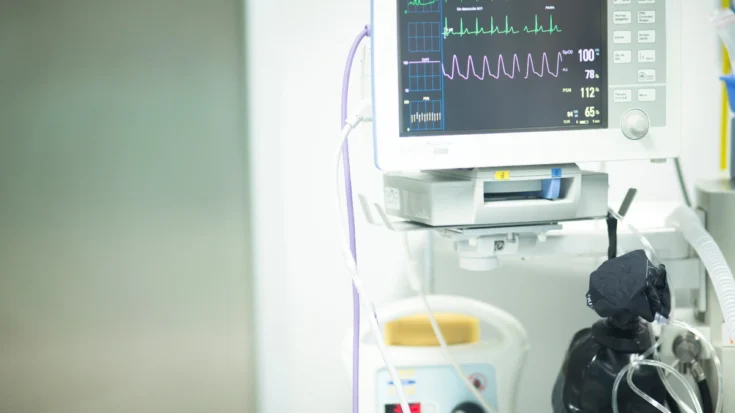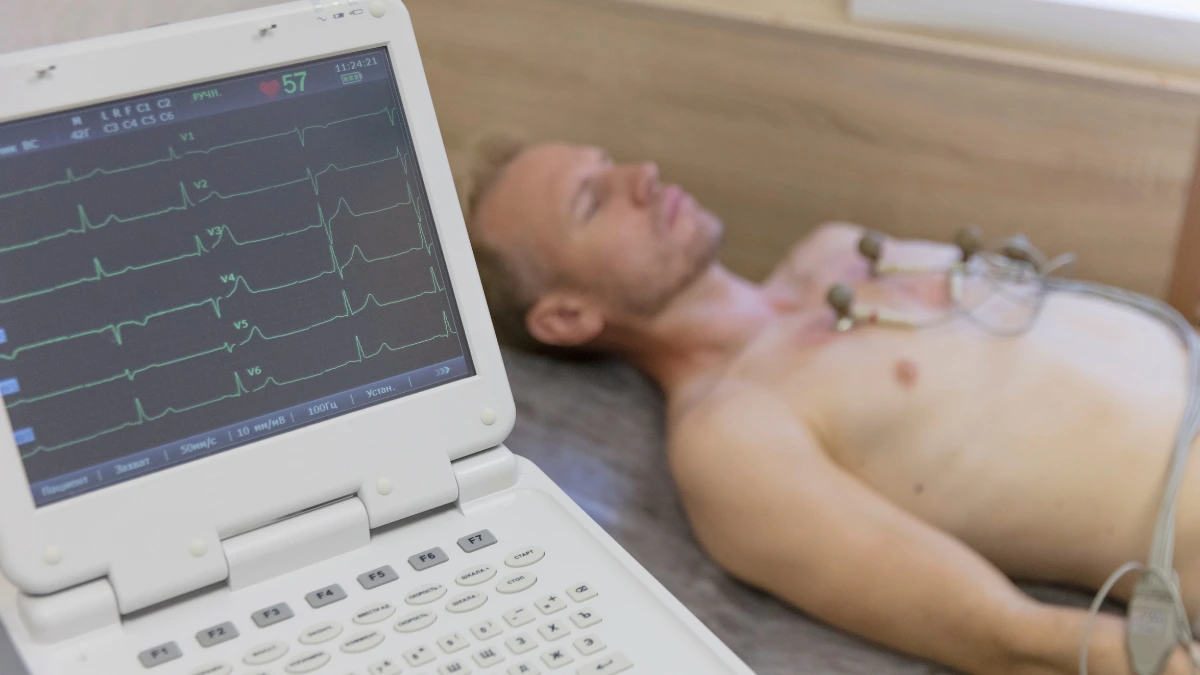Technology has penetrated various industrial sectors, one of which is health. An Electrocardiogram (ECG) is a medical device with WiFi technology that can help test the electrical activity of the hearts.
Are you familiar with the electrocardiogram? This article will inform you about electrocardiogram from their definition, function, and procedure performed, to regulations in Indonesia summarized from several sources.
Table of Contents
What is Electrocardiogram?

An electrocardiogram or ECG is a painless medical device used to view the electrical activity of the heart. It works by attaching small electrodes on the surface of the skin.
Also Read
An ECG helps doctors see how electricity flows in the heart when the heart muscle contracts and relaxes. From there, it can be seen whether the heart is working normally or something is wrong.
ECG is essential for detecting various heart problems, such as irregular heartbeat (arrhythmia), lack of blood flow to the heart (ischemia), heart attack, electrolyte problems, or side effects of certain medications.
In addition, ECG is also often used for routine check-ups of heart conditions or as part of an examination if a patient complains of symptoms that make them suspicious of heart problems.
What is the Function of Electrocardiogram
Broadly speaking, an electrocardiogram serves to determine how the heart works and detect any disturbances in the organ.
ECG can detect several heart diseases such as cardiomyopathy or heart muscle disorders, arrhythmia or irregular heartbeat, heart attack, and coronary heart disease.
In addition, other heart disorders such as electrolyte imbalances or side effects of drugs that affect heart rhythm can be detected by ECG.
When is an Electrocardiogram Required?

An electrocardiogram is needed to check a patient’s heart health before and after undergoing surgery, as well as to assess the effectiveness of heart disease treatments, such as the use of pacemakers and medications.
The following disease conditions require ECG screening:
- Heart attack
- Heart muscle disorders (cardiomyopathy)
- Heart rhythm disorders
- Coronary heart disease
- Electrolyte disorders
- Drug poisoning
How is the Electrocardiogram Procedure Performed?
With an ECG examination taking no more than 10 minutes, an electrocardiogram can be done at a clinic or hospital. The following is a series of procedures for using an ECG:
- The patient will be asked to wear a medical robe.
- The patient is required to remove any jewelry or objects on the body.
- The patient will be asked to lie down on the bed.
- 12 electrodes connected to the ECG machine will be attached to the chest, arms, and legs.
- The ECG machine will record the electrical activity of the patient’s heart and display it in the form of a graph of electrical waves on the monitor.
- The graph will then be analyzed by the doctor.
During the ECG examination, the patient will be asked to refrain from talking and moving, as this may affect the test results.
How Electrocardiogram Regulations in Indonesia?

Electrocardiogram uses communication technologies such as Bluetooth or SRD that operate within a specific frequency spectrum. In Indonesia, any WiFi-based wireless device is required to have DJID (Directorate General of Digital Infrastructure) under the Ministry of Communication and Digital (KOMDIGI).
This is based on KEPMEN No. 12 Tahun 2025, which requires all radio frequency-based devices, including ECG, to meet specific technical standards before being sold in the country.
The certification ensures that the product meets government safety and quality regulations and does not interfere with other communication devices. The certification process involves technical testing, such as frequency adjustments, safety checks, and compatibility with the surrounding environment.
Once the tests are completed, products that pass are listed in a Test Result Report, which confirms that the product is safe and ready for sale in Indonesia. This report reassures customers that the product meets technical standards and is secure.
For companies wanting to sell ECG in Indonesia, Type Approval Certification Services for ICT Products are available to assist with this process. This service includes preparing technical and legal documents, conducting required testing, ensuring compliance with regulations, helping companies streamline the certification process, and giving consumers confidence in certified products.











